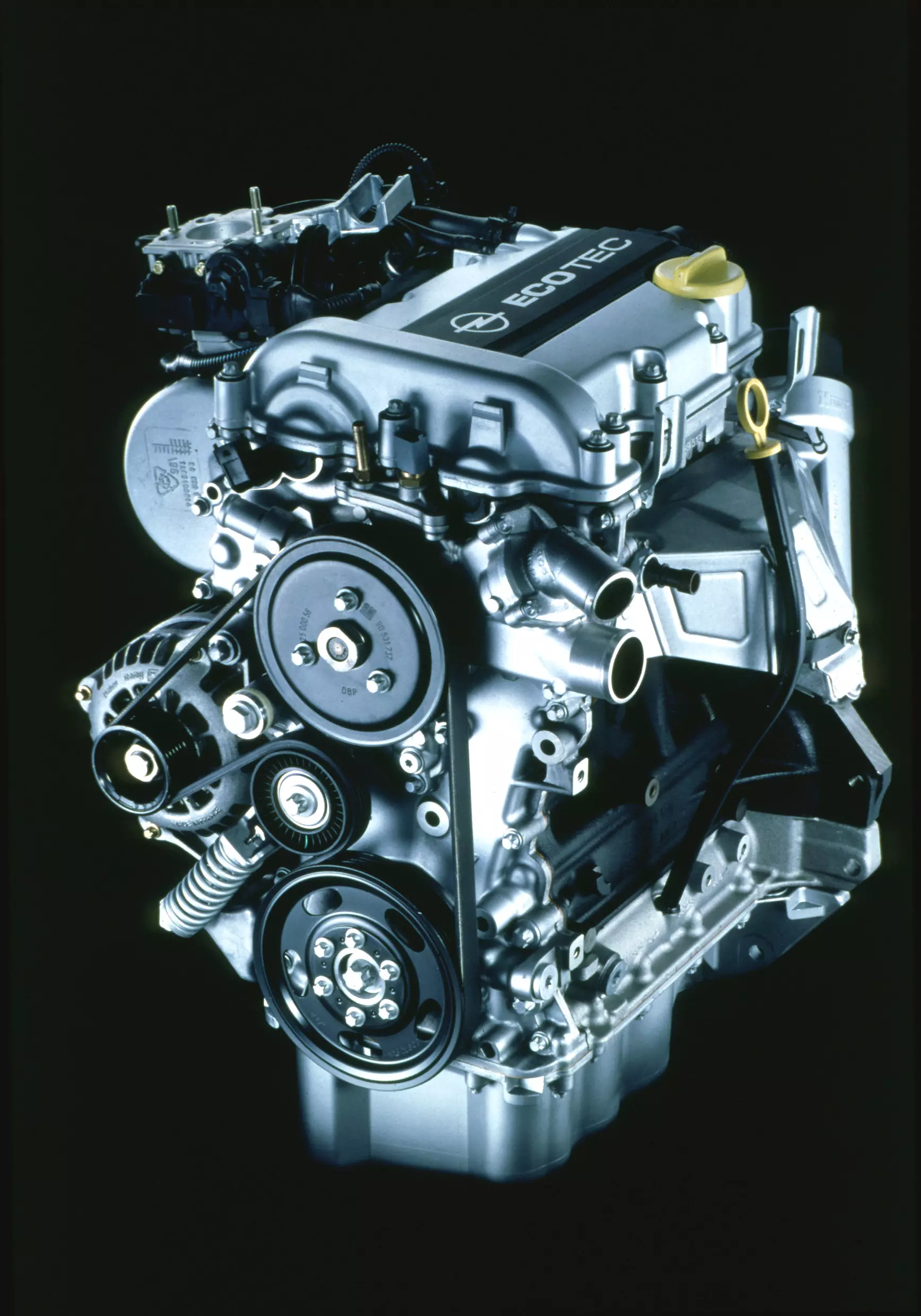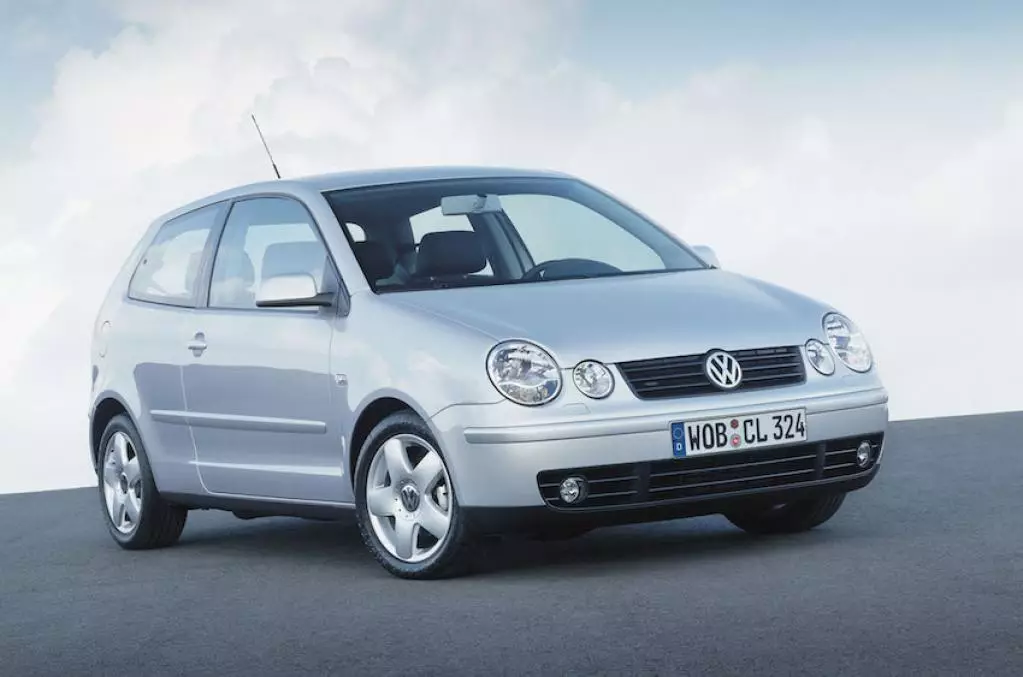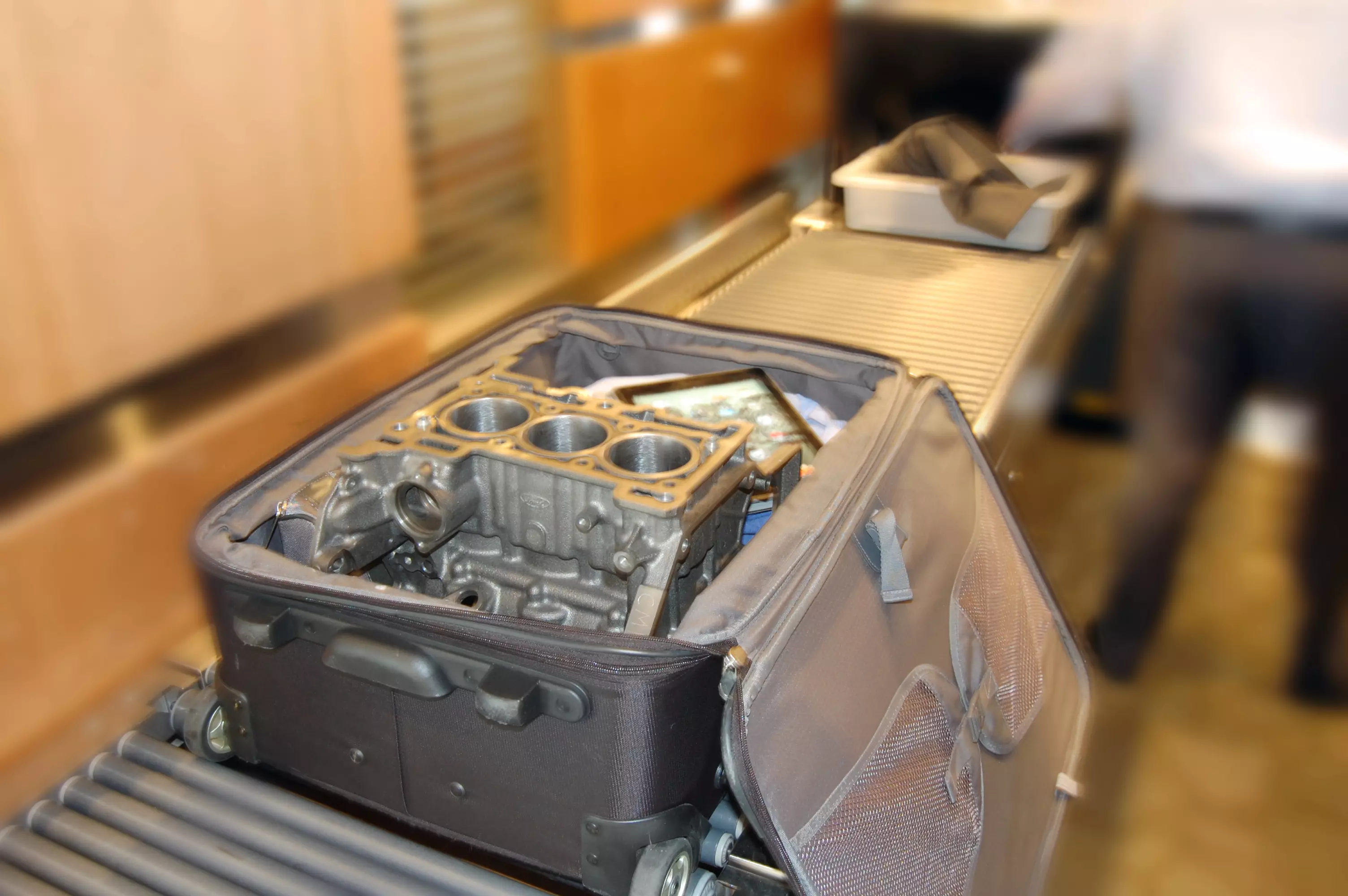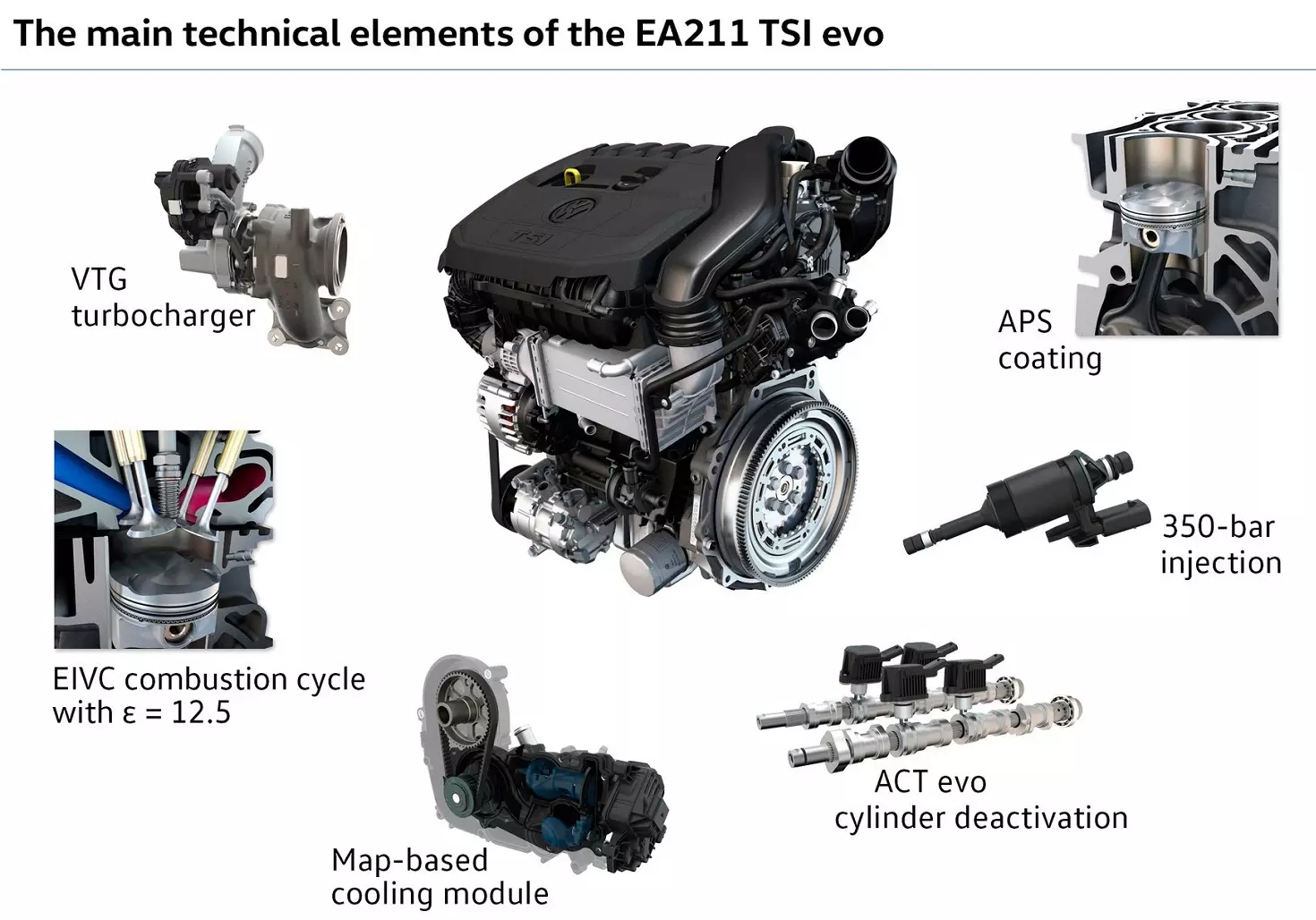Three-cylinder engines. There's hardly anyone who doesn't turn up their noses when it comes to three-cylinder engines.
We've heard almost everything about them: “Buy a car with a three-cylinder engine? Never!"; “This is just problems”; “walk little and spend a lot”. This is just a small sampling of the prejudices related to this architecture.
Some are true, some are not, and some are just myths. This article intends to put everything in «clean dishes».
Are three-cylinder engines reliable? After all, are they good or good for nothing?
Despite the bad reputation of this architecture, technological evolution in combustion engines has made its disadvantages less and less noticeable. Are performance, consumption, reliability and pleasant driving still a problem?
In the next few lines we will gather facts and figures about these engines. But let's start at the beginning...
The first three cylinders
The first three cylinders on the market reached us by the hand of the Japanese, albeit in a very timid way. Shy but full of strength. Who doesn't remember the Daihatsu Charade GTti? After this one, other models of little expression followed.
The first large-scale production European three-cylinder engines only appeared in the 1990s. I'm talking about the 1.0 Ecotec engine from Opel, which powered the Corsa B, and a few years later, the 1.2 MPI engine from the Volkswagen Group, which it equipped. models like the Volkswagen Polo IV.

What did these engines have in common? They were weak. Compared to their four-cylinder counterparts, they vibrated more, walked less and consumed by the same measure.
Three-cylinder diesel engines followed, which suffered from the same problems, but amplified by the nature of the Diesel cycle. Refinement was weak, and the pleasantness of driving was impaired.

If we add some reliability issues to this, we had the perfect storm to create an aversion to this architecture that lasts until today.
Problems with three-cylinder engines?
Why are three-cylinder engines less refined? This is the big question. And it's a question that is related to the imbalance inherent in its design.As these engines have an odd number of cylinders, there is an asymmetry in the distribution of masses and forces, making their internal balance more difficult. As you know, the cycle of 4-stroke engines (intake, compression, combustion and exhaust) requires a crankshaft rotation of 720 degrees, in other words, two complete turns.
In a four-cylinder engine, there is always one cylinder in the combustion cycle, providing work for the transmission. In three-cylinder engines this does not happen.
To deal with this phenomenon, brands add crankshaft counterweights, or larger flywheels to counteract vibrations. But at low revs it's almost impossible to disguise your natural imbalance.
As for the sound emanating from the exhaust, as they fail a combustion every 720 degrees, it is also less linear.
What are the advantages of three-cylinder engines?
Okay. Now that we know the "dark side" of three-cylinder engines, let's focus on their advantages — although many of them might just be theoretical.
The fundamental reason for adopting this architecture is related to the reduction of mechanical friction. The fewer moving parts, the less energy is wasted.
Compared to a four-cylinder engine, a three-cylinder engine reduces mechanical friction by up to 25%.
If we take into account that between 4 to 15% of consumption can be explained only by mechanical friction, here is our advantage. But it is not the only one.
Removing a cylinder also makes engines more compact and lighter. With smaller motors, engineers have more freedom to design programmed deformation structures or make room for adding hybrid solutions.

The production cost may also be lower. The sharing of components between engines is a reality in all brands, but one of the most interesting is BMW, with its modular design. BMW's three-cylinder (1.5), four-cylinder (2.0) and six-cylinder (3.0) engines share most of the components.
The Bavarian brand adds modules (read cylinders) according to the desired architecture, with each module measuring 500 cm3. This video shows you how to:
These advantages, all added up, allow three-cylinder engines to announce lower consumption and emissions than their equivalent four-cylinder counterparts, especially in the previous NEDC consumption and emissions protocol.
However, when tests are performed according to more demanding protocols such as WLTP, at higher regimes, the advantage is not so obvious. It is one of the reasons that makes brands like Mazda not resort to this architecture.
Modern three-cylinder engines
If at high loads (high revs), the differences between tetracylinder and tricylindrical engines are not expressive, at low and medium regimes, modern three-cylinder engines with direct injection and turbo achieve very interesting consumption and emissions.Take the example of Ford's 1.0 EcoBoost engine — the most awarded engine in its class — which manages to reach averages below 5 l/100 km if our only concern is fuel consumption, and in a moderately relaxed drive, it doesn't go beyond 6 l/100 km.
Values that rise to figures far above those mentioned when the idea is to “squeeze” all its power without any concessions.
The higher the pace, the more the advantage for four-cylinder engines fades. Why? Because with such small combustion chambers, the engine's electronic management orders additional injections of gasoline to cool the combustion chamber and thus avoid pre-detonation of the mixture. That is, Gasoline is used to cool the engine.
Are three-cylinder engines reliable?
Despite the bad reputation of this architecture — which, as we have seen, owes more to its past than to its present — today it is as reliable as any other engine. Let our «little warrior» say so…

This improvement is due to the advances made in the construction of engines in the last decade in terms of: technology (turbo and injection), materials (metallic alloys) and finishes (anti-friction treatments).
Although not a three-cylinder engine , this image demonstrates the technology used in current engines:

You can get more and more power out of units with less and less capacity.
In the current moment in the automobile industry, more than the reliability of the engines, it is the peripherals that are at stake. Turbos, various sensors and electrical systems are subject to work that mechanics today no longer have difficulty following.
So the next time you are told that three-cylinder engines are unreliable, you can answer: “are as reliable as any other architecture”.
Now it's your turn. Tell us about your experience with three-cylinder engines, leave us a comment!
